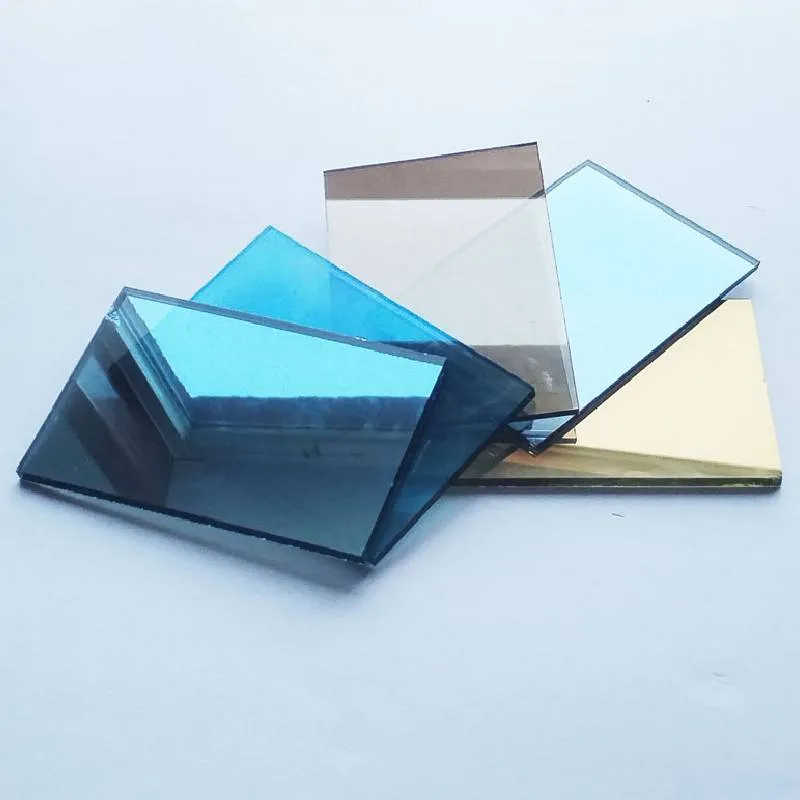The Flat Glass Production A Comprehensive Overview
Flat glass, commonly referred to as sheet glass, is an essential material used across various industries, from construction to automotive manufacturing. Its versatility, durability, and aesthetic appeal make it a preferred choice for windows, facades, mirrors, and more. The production of flat glass is a complex process involving several stages, each critical to ensuring the quality and functionality of the final product.
The Manufacturing Process
The production of flat glass primarily involves the float glass process, which was developed in the 1950s and has since become the industry standard. This process begins with raw materials, which typically include silica sand, sodium carbonate (soda ash), and limestone. These materials are combined and heated in a furnace at temperatures reaching up to 1700 degrees Celsius. The intense heat causes the raw materials to melt, forming a molten glass.
Once the glass is molten, it is carefully poured onto a surface of molten tin in a controlled environment. This technique allows the glass to spread out evenly, creating a smooth and flat surface. As the glass floats on the tin, it cools and solidifies into a sheet, typically measuring several meters in length. After cooling, the flat glass undergoes a series of cutting processes that allow it to be shaped into various sizes and thicknesses, depending on the specific application needed.
Quality Control
Quality control is a crucial aspect of flat glass production. Manufacturers implement stringent inspection processes throughout the production stages to ensure that the final product meets industry standards. This involves checking for visual defects, measuring thickness, and testing the glass's strength and thermal resistance. Advanced technologies, such as computer vision systems and laser measurement tools, are often employed to enhance the accuracy of quality checks.
Environmental considerations are increasingly influencing the production of flat glass. Manufacturers are now focusing on sustainable practices, such as recycling glass materials and minimizing waste during the production process. The use of energy-efficient furnaces and the implementation of emissions control technologies are also being adopted to reduce the environmental impact of glass manufacturing.
flat glass production
Applications of Flat Glass
The applications of flat glass are vast and varied. In the construction industry, flat glass is used for windows, doors, partitions, and facades, contributing significantly to the aesthetic and energy efficiency of buildings. Insulated glass units (IGUs) are commonly used to improve thermal performance and energy conservation in residential and commercial properties.
In the automotive sector, flat glass is employed for windshields, side windows, and rear windows. Manufacturers of vehicles often prioritize safety and durability, making laminated and tempered glass the preferred choices. These types of glass not only provide enhanced protection in case of accidents but also reduce noise and improve energy efficiency in vehicles.
The electronics industry has also found a burgeoning use for flat glass, particularly in the production of screens for televisions, computers, and mobile devices. Thin and lightweight glass solutions help enhance display performance while meeting the demands of modern technology.
The Future of Flat Glass Production
As technology evolves, so too does the flat glass industry. Innovations such as smart glass—a type of glass that can change its properties, such as tint and transparency, in response to environmental stimuli—are paving the way for smarter buildings and energy-efficient solutions. The integration of IoT (Internet of Things) technologies into flat glass applications is set to revolutionize how buildings interact with their environment.
In conclusion, flat glass production is a vital component of multiple industries, driven by ongoing technological advancements and a commitment to sustainability. As market demands continue to change, the flat glass industry will need to adapt, focusing on innovative solutions that enhance functionality while minimizing environmental impact. With its broad range of applications, flat glass will undoubtedly remain a cornerstone of modern architecture and design for years to come.
 Afrikaans
Afrikaans  Albanian
Albanian  Amharic
Amharic  Arabic
Arabic  Armenian
Armenian  Azerbaijani
Azerbaijani  Basque
Basque  Belarusian
Belarusian  Bengali
Bengali  Bosnian
Bosnian  Bulgarian
Bulgarian  Catalan
Catalan  Cebuano
Cebuano  Corsican
Corsican  Croatian
Croatian  Czech
Czech  Danish
Danish  Dutch
Dutch  English
English  Esperanto
Esperanto  Estonian
Estonian  Finnish
Finnish  French
French  Frisian
Frisian  Galician
Galician  Georgian
Georgian  German
German  Greek
Greek  Gujarati
Gujarati  Haitian Creole
Haitian Creole  hausa
hausa  hawaiian
hawaiian  Hebrew
Hebrew  Hindi
Hindi  Miao
Miao  Hungarian
Hungarian  Icelandic
Icelandic  igbo
igbo  Indonesian
Indonesian  irish
irish  Italian
Italian  Japanese
Japanese  Javanese
Javanese  Kannada
Kannada  kazakh
kazakh  Khmer
Khmer  Rwandese
Rwandese  Korean
Korean  Kurdish
Kurdish  Kyrgyz
Kyrgyz  Lao
Lao  Latin
Latin  Latvian
Latvian  Lithuanian
Lithuanian  Luxembourgish
Luxembourgish  Macedonian
Macedonian  Malgashi
Malgashi  Malay
Malay  Malayalam
Malayalam  Maltese
Maltese  Maori
Maori  Marathi
Marathi  Mongolian
Mongolian  Myanmar
Myanmar  Nepali
Nepali  Norwegian
Norwegian  Norwegian
Norwegian  Occitan
Occitan  Pashto
Pashto  Persian
Persian  Polish
Polish  Portuguese
Portuguese  Punjabi
Punjabi  Romanian
Romanian  Russian
Russian  Samoan
Samoan  Scottish Gaelic
Scottish Gaelic  Serbian
Serbian  Sesotho
Sesotho  Shona
Shona  Sindhi
Sindhi  Sinhala
Sinhala  Slovak
Slovak  Slovenian
Slovenian  Somali
Somali  Spanish
Spanish  Sundanese
Sundanese  Swahili
Swahili  Swedish
Swedish  Tagalog
Tagalog  Tajik
Tajik  Tamil
Tamil  Tatar
Tatar  Telugu
Telugu  Thai
Thai  Turkish
Turkish  Turkmen
Turkmen  Ukrainian
Ukrainian  Urdu
Urdu  Uighur
Uighur  Uzbek
Uzbek  Vietnamese
Vietnamese  Welsh
Welsh  Bantu
Bantu  Yiddish
Yiddish  Yoruba
Yoruba  Zulu
Zulu 

